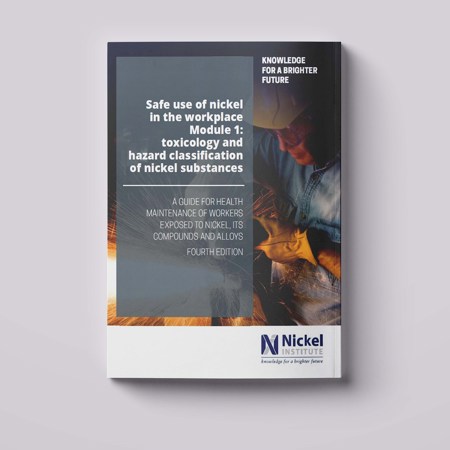Nickel has a critical role in the global drive to a green and circular economy. As a resource element, nickel is used in numerous applications like electric vehicle batteries, medical implants, and stainless steel appliances.
The effects of nickel on the environment and human health have been studied for over a century. We know more about the health and environmental effects of nickel now than we did just a few decades ago.
We now adequately understand the hazards and can predict the risks from exposures to nickel during production and use. This knowledge, coupled with the various jurisdictional and international regulations on nickel exposure, means there is increased protection of workers and consumers from the toxicological effects associated with nickel exposure.




